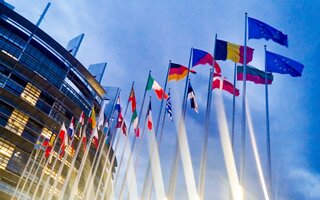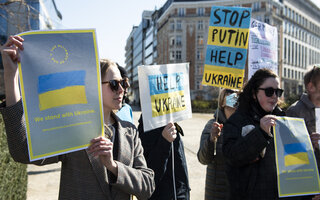Policy Article
Diversify, Don't React: Europe's New Approach to Trade Policy
Authors
Publication Date
JEL Classification
Key Words
Related Topics
Geoeconomics
Europe
USA
Globalization
International Trade
The new trade policy of the USA confronts the EU with growing trade policy uncertainty. Against this backdrop, this research brief analyses three scenarios the EU can pursue in response to protectionist tendencies: 1. a sectoral trade agreement with the USA, 2. the deepening of existing free trade agreements, and 3. the conclusion of new free trade agreements with partners such as India, Australia, or Mercosur. Based on simulations with the KITE model, it can be seen that while an agreement limited to the USA has hardly any macroeconomic effects, both scenario 2 and scenario 3 lead to robust GDP and export growth – particularly in knowledge-intensive sectors. The strongest effects, however, arise from a combination of both strategies, although the effect for Austria would be somewhat smaller because Austria's economic structure is more oriented towards existing EU trading partners and traditional markets. Trade diversification is thus not a technical detail, but a central instrument of European resilience policy.








